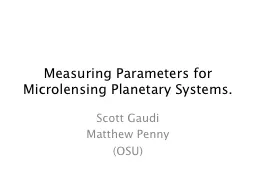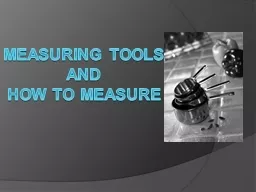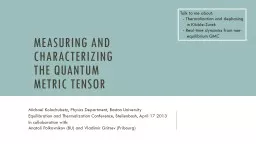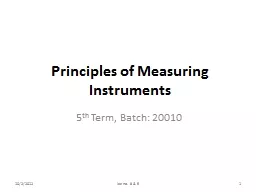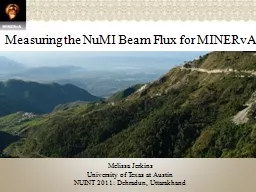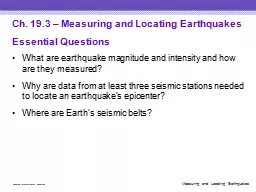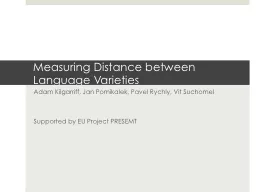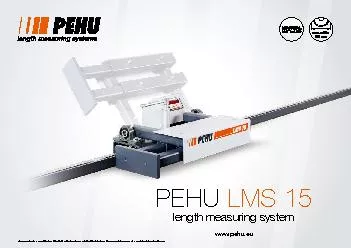PPT-Measuring Parameters for
Author : calandra-battersby | Published Date : 2016-02-22
Microlensing Planetary Systems Scott Gaudi Matthew Penny OSU WFIRST Microlensing Survey Microlensing Survey Dataset Properties 3 sq deg 432 days 80 of the area
Presentation Embed Code
Download Presentation
Download Presentation The PPT/PDF document "Measuring Parameters for" is the property of its rightful owner. Permission is granted to download and print the materials on this website for personal, non-commercial use only, and to display it on your personal computer provided you do not modify the materials and that you retain all copyright notices contained in the materials. By downloading content from our website, you accept the terms of this agreement.
Measuring Parameters for: Transcript
Download Rules Of Document
"Measuring Parameters for"The content belongs to its owner. You may download and print it for personal use, without modification, and keep all copyright notices. By downloading, you agree to these terms.
Related Documents

